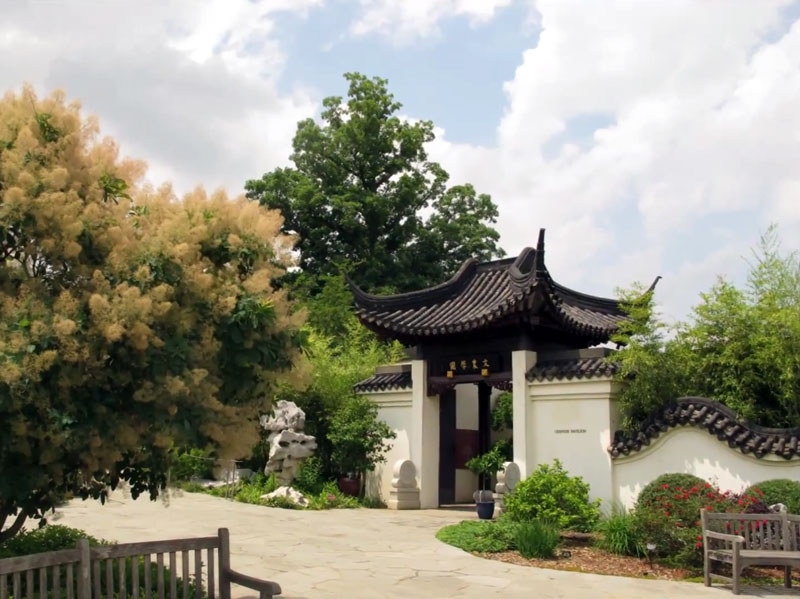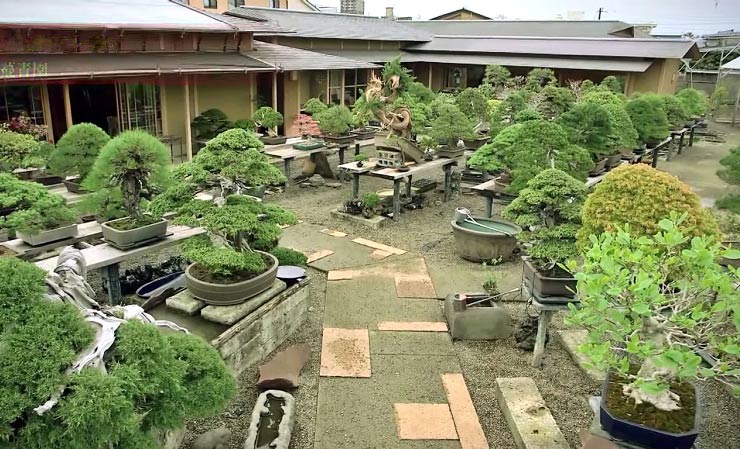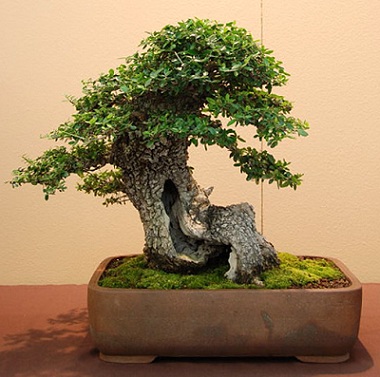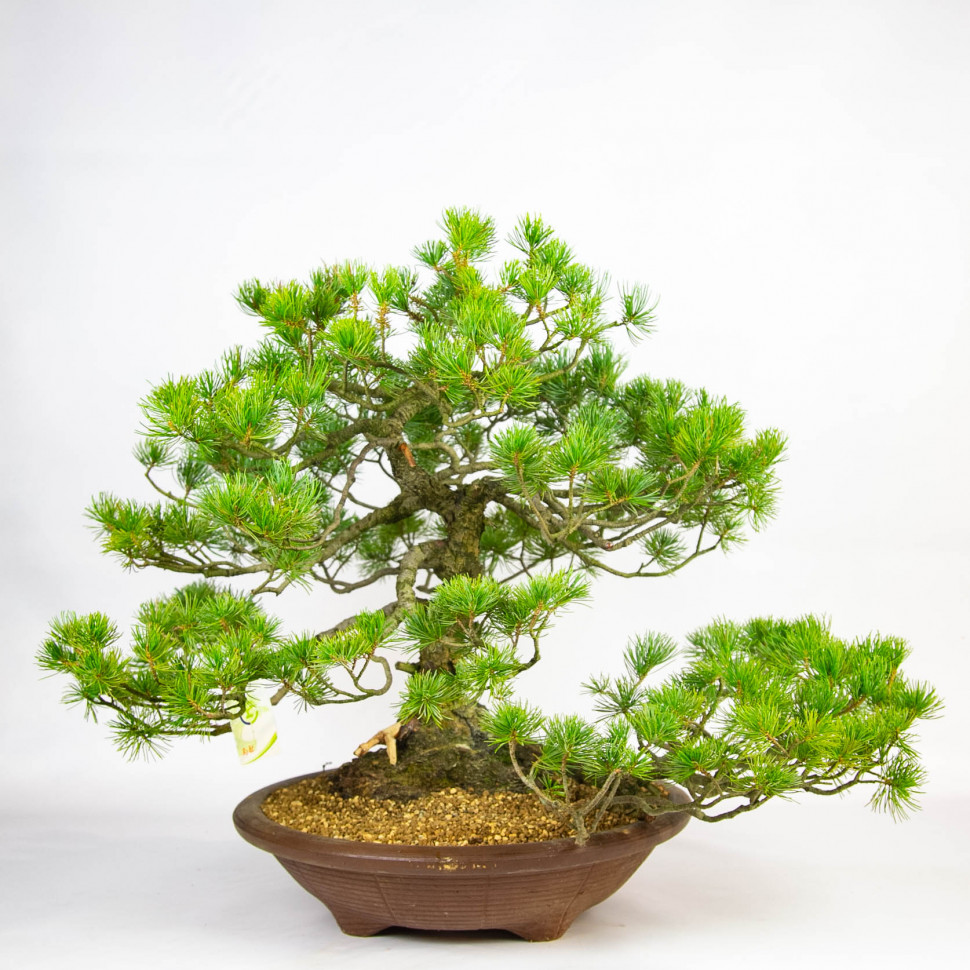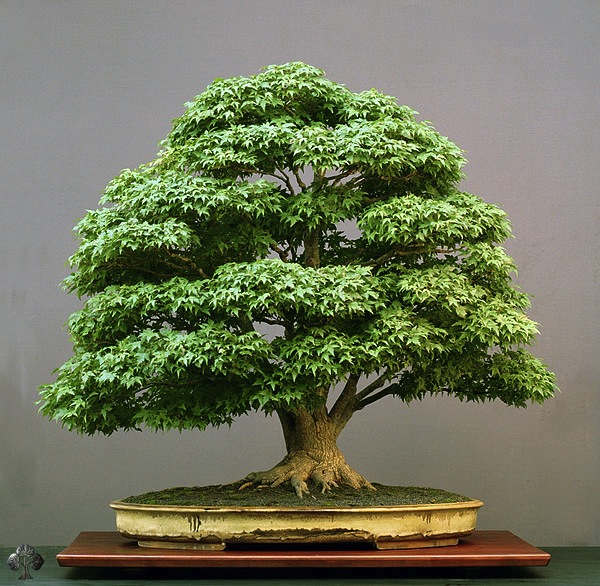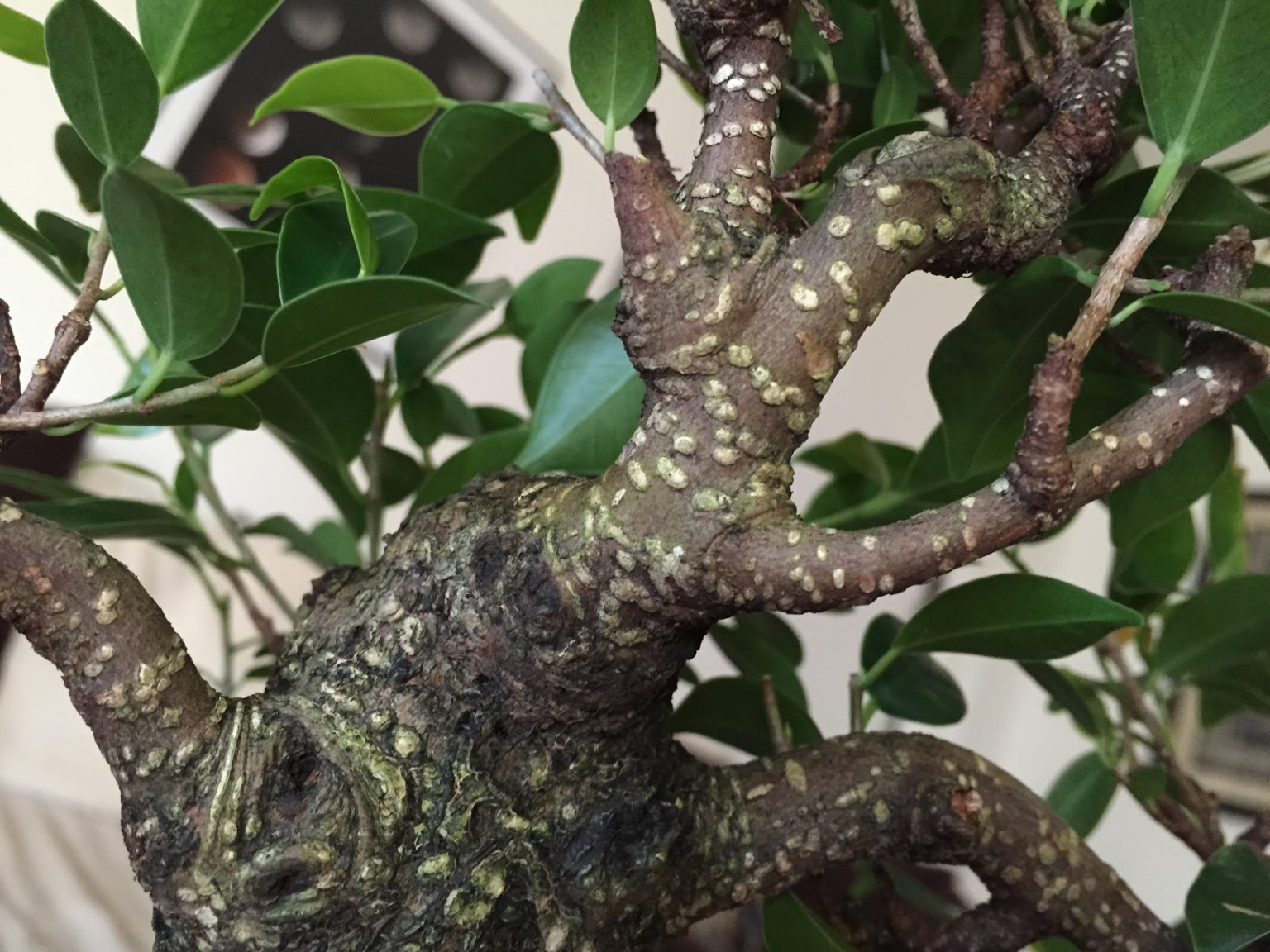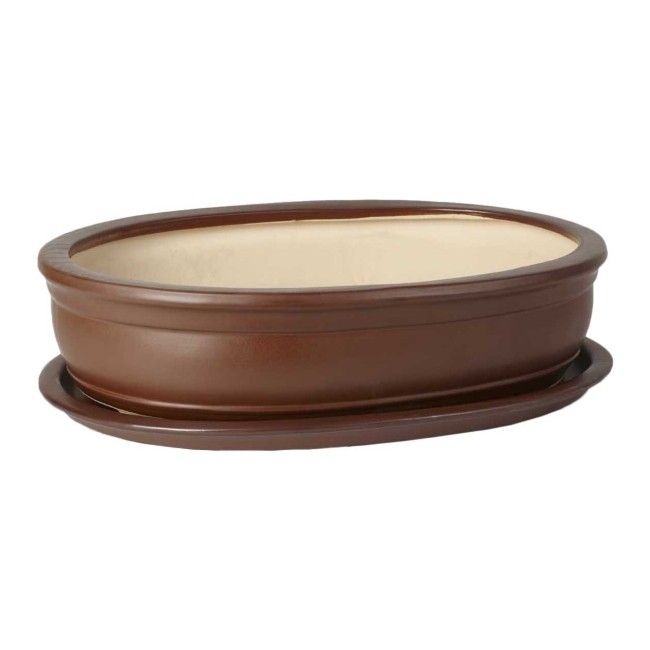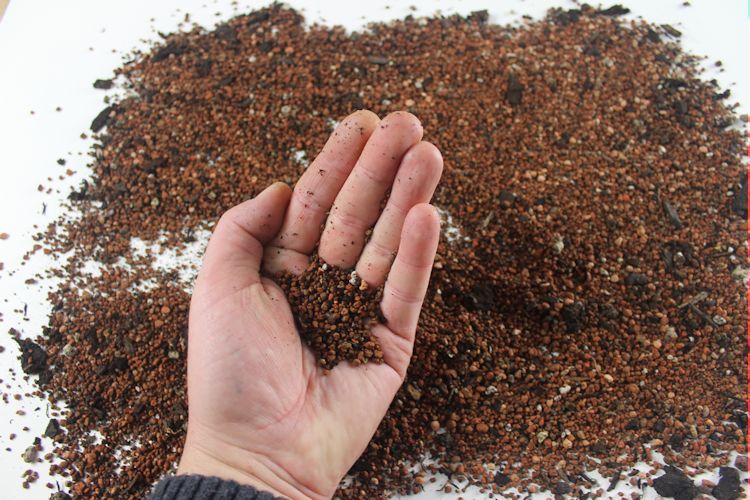A very important parthome bonsaiare hissuperficial roots, called Nebari. Each living bonsai, depending on the growing style, requires a certain type of surface roots.
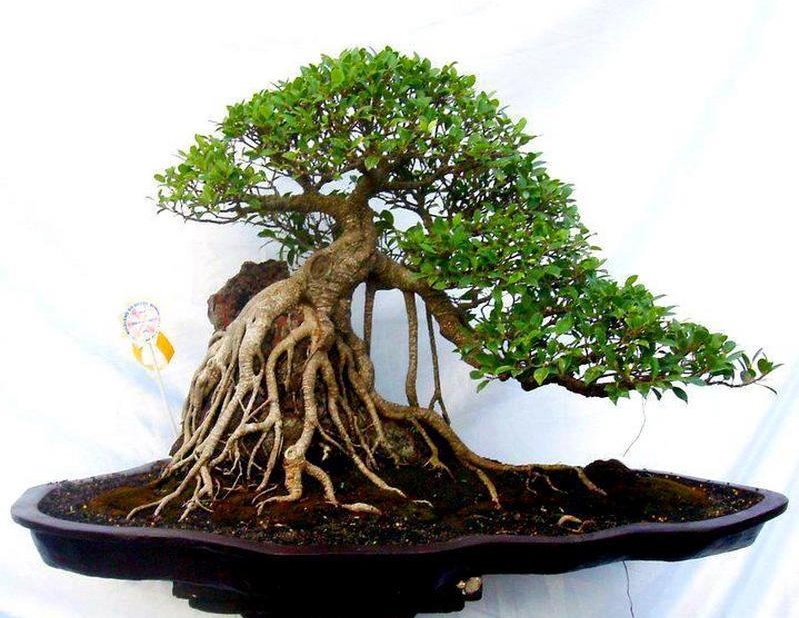
Nebari should be strong, healthy, smoothly curved and have the correct shape. It is desirable that the surface roots do not protrude beyond half the diameter of the crown. Look at this bonsai, a beautifully formed crown and incredible nebari do their job.
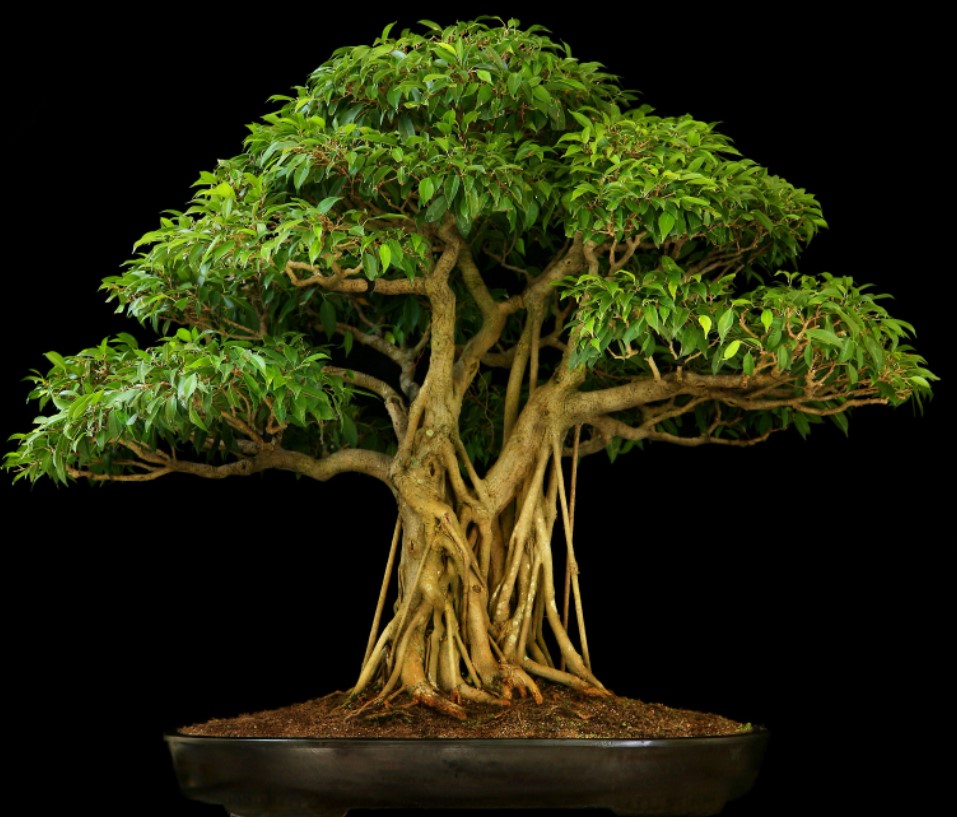
Forming Bonsai Roots (Nebari) with Your Own Hands
Forming nebaristart from the first days of development of a dwarf tree. When planting (replanting) a young dwarf tree, remove all roots directed downwards, if the root system is not sufficiently developed, carefully straighten them to the sides. You can use copper wire to set the desired direction, but be careful, because the roots are very fragile. It is desirable that the surface roots resemble octopus tentacles.
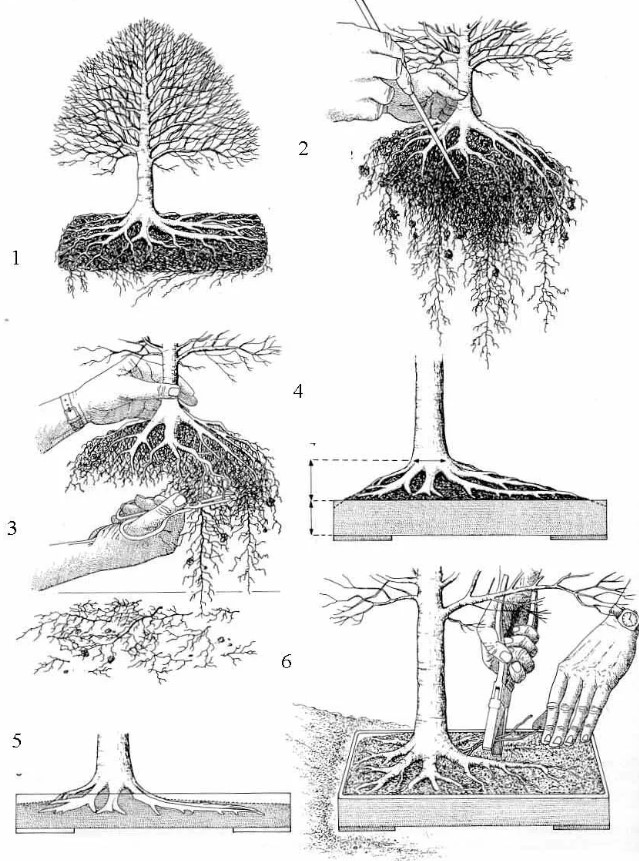
You should not leave the copper wire on the roots for more than two months. It is advisable not to touch the roots that cannot be formed (very fragile and inflexible).
To create a beautiful nebari bonsai at home, you will need a lot of time and effort. The essence of the procedure is to pull large roots to the surface and give them the desired shape. Direct the roots that do not protrude to the surface horizontally underground. At first, it is worth sprinkling the surface roots before they become woody.
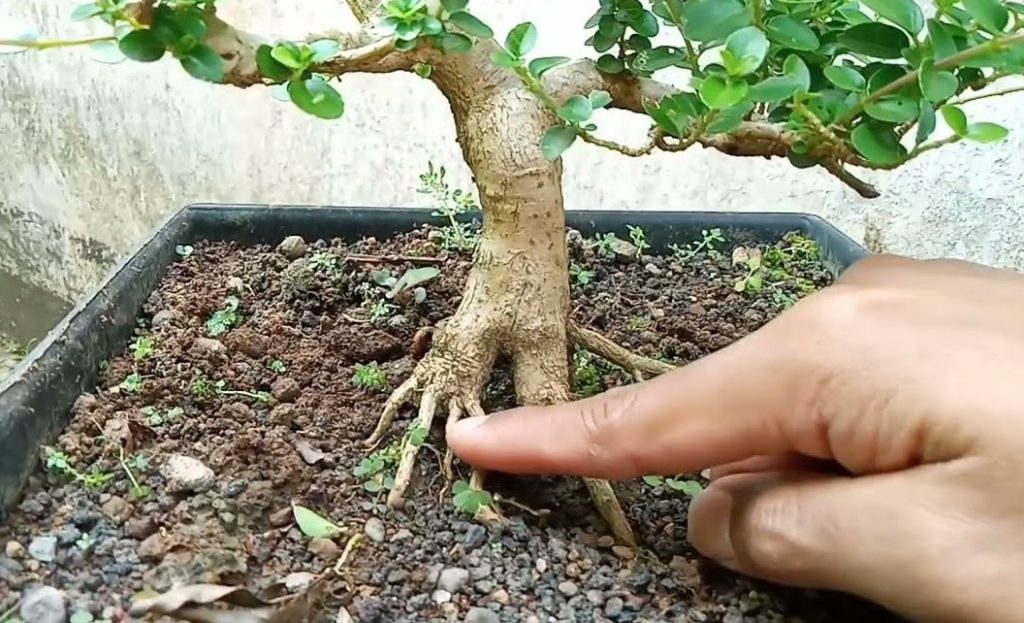
The wire should be removed very carefully. Do not take out the bonsai, but carefully wash the soil with water and cut each turn with nippers. Then, cover the roots with soil again for several months.
Growing bonsai requires constant monitoring of the nebari and trimming long roots each time it is repotted.

